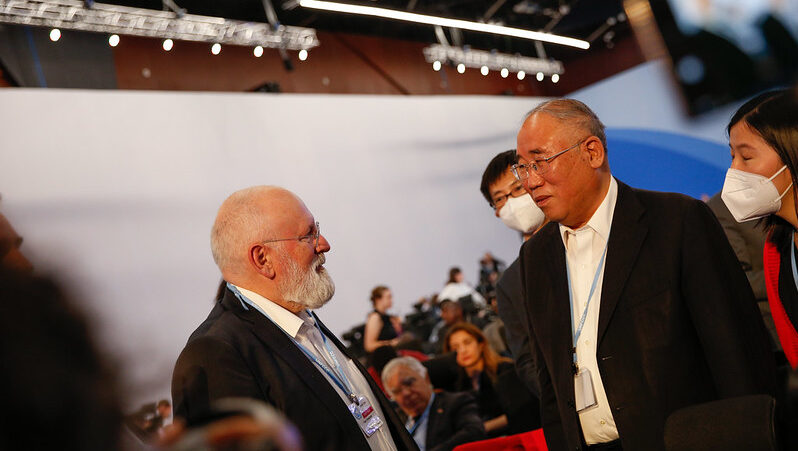The Sharm el-Sheikh Implementation Plan was gavelled through at dawn on Sunday 20 November 2022, after a two-week climate summit went into overtime.
Procedurally, no big decisions were due to land at Cop27. But the convergence of multiple crises in 2022 – Russia’s war, global inflation, Covid’s long tail and of course climate disasters – raised the stakes of every increment.
The biggest breakthrough came on support for climate victims. Developing countries got the loss and damage fund they fought for – on the proviso that the burden of paying into it does not all fall on rich governments. Who pays and who benefits is a battle for Cop28.
There was little to stop polluters causing more damage, though. A proposal to phase out all fossil fuels, not just the coal power targeted at last year’s summit, went nowhere. The Egyptian presidency openly struck gas deals on the sidelines.
Here’s where the key issues landed.
Fossil fuels
At last year’s Cop26 in Glasgow, the presidency made a push to “keep 1.5 alive”, referring to the most ambitious temperature limit in the Paris Agreement. And it named coal as a problem for the first time, with countries agreeing to phase down its use.
In Sharm el-Sheikh, coal-reliant India sought to turn the heat onto other fossil fuels. This was seized on by a broad coalition of more than 80 developed and vulnerable countries – but not by the Egyptian presidency.
Egypt never included fossil fuel phaseout language in the draft text. Indeed, it promoted fossil gas and struck deals on the sidelines. Behind closed doors, countries including Saudi Arabia and Russia made the argument that oil doesn’t cause climate change, emissions do.
The text does promote renewables but also “low-emission” energy. This could be interpreted as gas, a fossil fuel which is less polluting when burned than coal, or fossil fuels with carbon capture and storage.
It holds the Glasgow Pact line on 1.5C and coal, but doesn’t go beyond it. There is recognition that the 1.5C target “requires rapid, deep and sustained reductions in global greenhouse gas emissions reducing global net greenhouse gas emissions by 43% by 2030 relative to the 2019 level”.
Loss and damage finance
Three decades ago, small island states and poorer countries started calling for compensation for the damage climate change inflicts on their communities. While “compensation” became taboo, they finally got finance for “loss and damage” on the formal agenda at Cop27.
Wealthy nations, reluctant to put their hands in their pockets, offered up a “mosaic of solutions” like insurance and early warning systems. Developing countries were determined to get a dedicated new fund.
The EU blinked first. They announced they would support a fund if the donor base was broadened, if it was targeted at the most vulnerable developing countries and if Cop27 also agreed strong action to reduce emissions.
These conditions were partly met and developing nations accepted the offer. The US and other rich countries got on board and they all agreed “to establish a fund for responding to loss and damage”.
A transitional committee will look into what funding is needed and where the money should come from. It will tackle the thorny issues of whether to expand the donor base to countries like China or Qatar and report to Cop28.
Some of the money is to come through “existing funding arrangements”, like development banks or debt relief. Some from “innovative sources”, which could mean taxes on fossil fuels, aviation or shipping.
The EU specified that support should only go to “vulnerable” countries – a term for the transitional committee to define.
UN Climate Change has been tasked with holding two workshops on the issue before Cop28 and reporting back.
Countries agreed on how to set up an organisation called the Santiago Network which will provide technical assistance in averting, minimising and addressing loss and damage.


